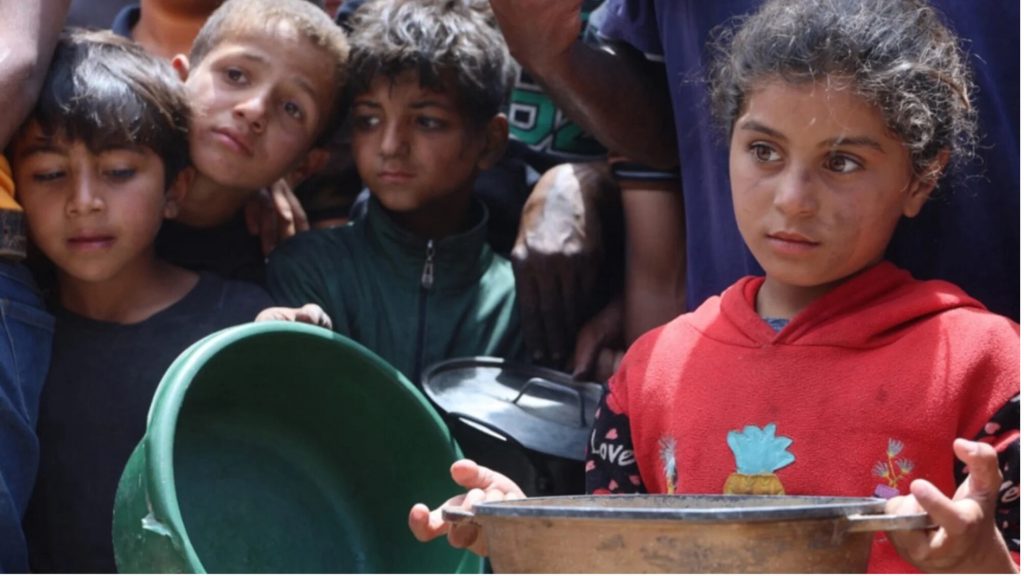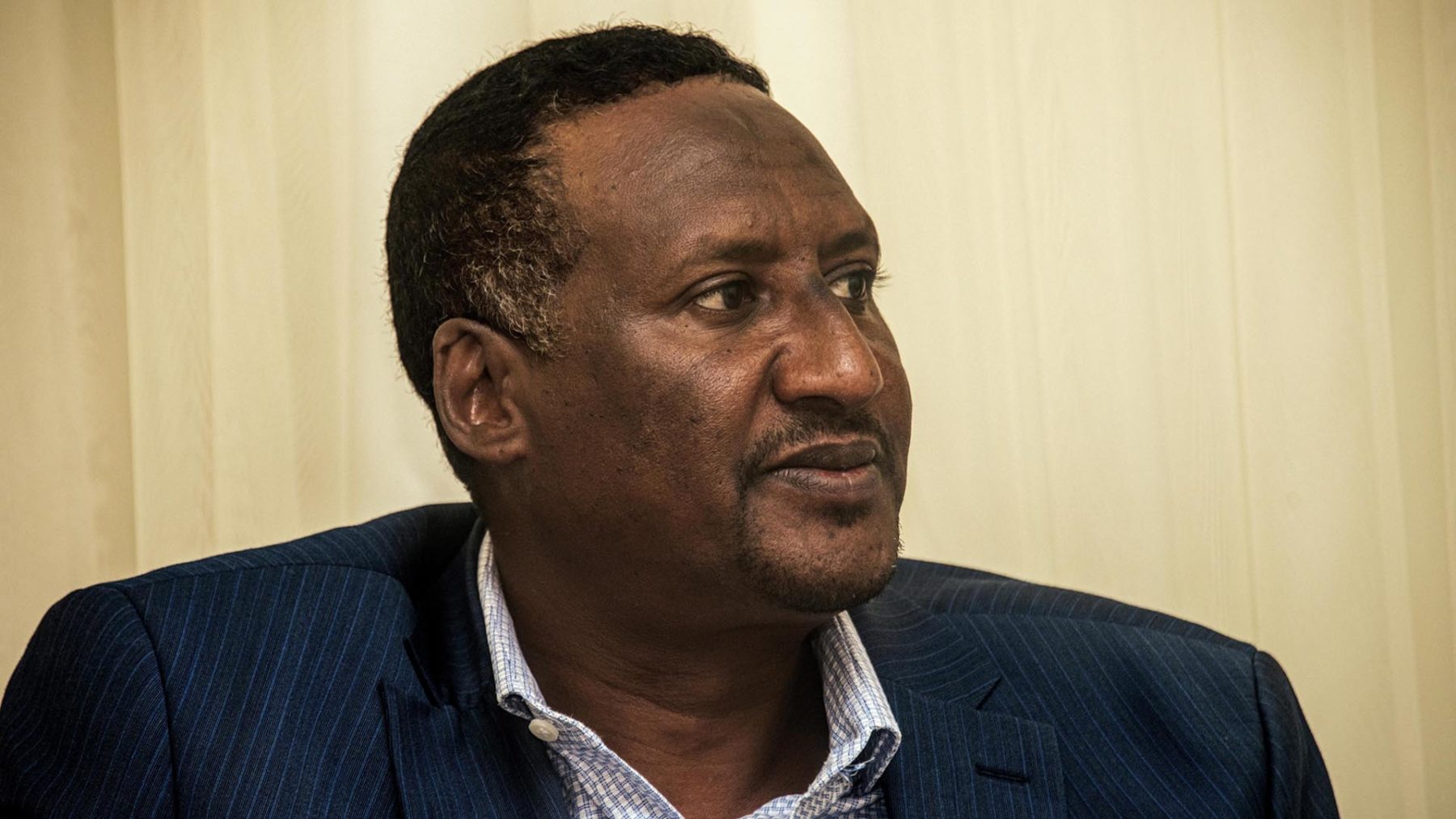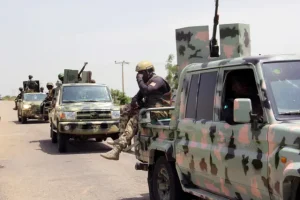Less than 5% of ceasefire aid reaches Gaza

Only 119 aid trucks have entered the Gaza Strip since Israel lifted its blockade on 19th May to allow limited humanitarian relief, according to a coalition of Palestinian aid groups, Reuters reported on the 23rd. The figure represents just a fraction of the hundreds of daily deliveries needed to support a population facing mass displacement, food scarcity, and widespread infrastructure collapse.
Middle East Eye has reported that several trucks were looted near the southern city of Khan Younis. The looting reportedly occurred after Israeli military strikes killed members of the security teams assigned to protect the aid convoys, leaving them exposed and vulnerable to crowds of desperate civilians.
UNRWA Commissioner-General Philippe Lazzarini described the scope of aid entering Gaza as profoundly inadequate, stating on X: “the aid going in now is a needle in a haystack.” He emphasised that before the recent escalation, aid convoys were significantly more robust: “we brought in an average of 500-600 trucks a day without diversion or looting.” By comparison, the number of trucks that have reached Gaza this week is less than five percent of what humanitarian agencies deem necessary.
Lazzarini warned that the scale of deprivation makes the current conditions ripe for unrest and breakdown: “No one should be surprised, let alone shocked at scenes of precious aid looted, stolen or ‘lost’.” He explained that Gaza’s population has endured more than eleven weeks without consistent access to essential supplies. “The people of Gaza have been starved and deprived of the basics including water and medicines for more than 11 weeks.”
The crisis has reached a point where families are unable to feed their children, and medical shortages are leading to preventable deaths. “Mothers and fathers have run out of food for their children. Older people died because of lack of medicines,” he said, underscoring the escalating humanitarian toll. He concluded with a call for an urgent and sustained aid effort: “A meaningful and uninterrupted flow of aid is the only way to prevent the current disaster from spiraling further,” he said.
The dire situation was echoed at a UN Security Council meeting on Friday, where Ted Chaiban, UNICEF’s Deputy Executive Director, addressed the mounting water crisis. He revealed that “at least 75 per cent of households in Gaza report that they do not have enough water to drink.” The shortage is attributed to the near-total collapse of Gaza’s water and sanitation systems, with “70 percent of Gaza’s water and sanitation infrastructure sustaining damage or being destroyed since Israel’s war began.”
Chaiban pointed to the blockade’s long-term impact on Gaza’s infrastructure, noting that “repeated blockades” have prevented the entry of fuel and critical components needed to run water facilities in Gaza. As a result, essential infrastructure is barely functioning. “Currently, the desalination plant in southern Gaza is working at reduced capacity on backup generators,” he said.
With infrastructure on the brink of collapse and humanitarian deliveries falling drastically short, aid agencies warn that without immediate, sustained access and protection for relief efforts, Gaza’s crisis will escalate beyond containment—leaving hundreds of thousands at risk from hunger, disease, and displacement.
Reuters/ Middle East Eye/ Maghrebi.org
Want to chase the pulse of North Africa?
Subscribe to receive our FREE weekly PDF magazine













